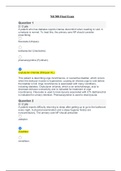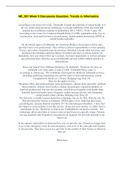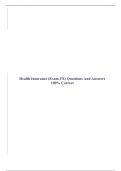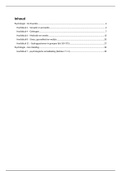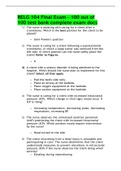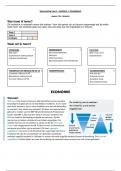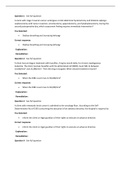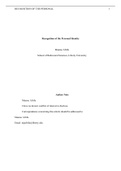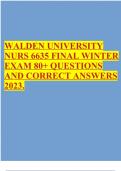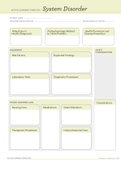Exam (elaborations)
NR508 Final Exam Questions & Answers (Verified) Test Bank - 2019/2020. GRADED A , Chamberlain College of Nursing.
- Course
- NR508 / NR 508 (NR508)
- Institution
- Chamberlain College Of Nursing
NR 508 Final Exam Question 1 2 / 2 pts A patient who has diabetes reports intense discomfort when needing to void. A urinalysis is normal. To treat this, the primary care NP should consider prescribing: This patient is describing urge incontinence, or overactive bladder, which occurs when the de...
[Show more]
